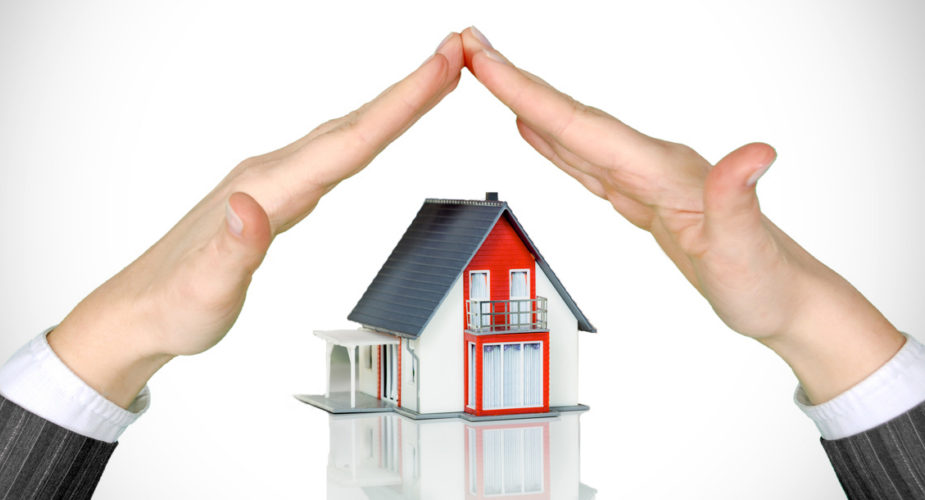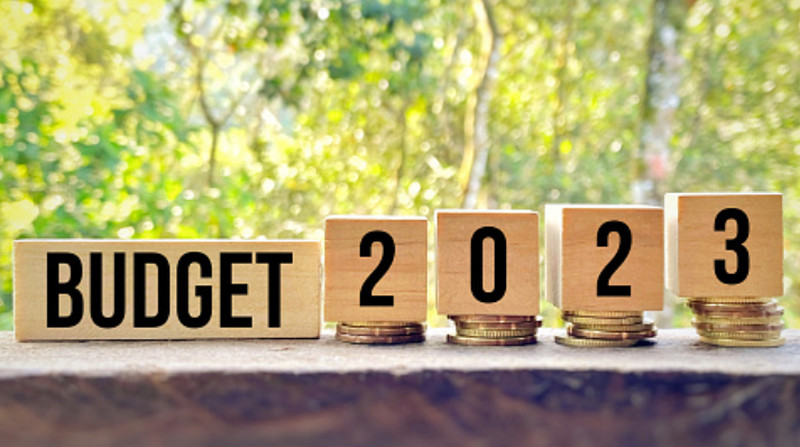A large portion of the population living in the United States does not have homeowner’s insurance, according to a new survey. This includes a disproportionate number of people of color, Native Americans, and Hispanics.
The Consumer Federation of America asserts that this absence of coverage exposes individuals to a high degree of vulnerability in the case of catastrophic events or other forms of property damage.
According to the study cited by USA Today, 7.4 percent of all properties in the country do not have insurance, which leaves a value of around $1.6 trillion at risk.
With the working title “EXPOSED: A Report on 1.6 Trillion Dollars of Uninsured American Homes,” the research highlights the issue’s larger ramifications, such as its part in contributing to racial disparity.
Since uninsured homeowners are more likely to be Hispanic, Black, or Native American, disparities in homeowner’s insurance coverage are likely to exacerbate the existing racial wealth gap. As the report pointed out, “who can fully reap the benefits of homeownership, including maintaining their home and building wealth?” will increasingly depend on their ability to get homeowner’s insurance.
Despite the fact that racial tensions persist, the cost of homeowner’s insurance has skyrocketed nationwide. According to data compiled by Guaranteed Rate Insurance LLC, the cost of homeowner’s insurance increased by 19% in 2023, a whopping 55% from 2019 levels.
American statistics on the uninsured
Researchers looked at information from the US Census Bureau’s 2021 American Housing Survey and discovered that homeowners whose yearly salaries were less than $50,000 had twice the likelihood of being uninsured.
A disproportionate number of people from certain racial and ethnic groups do not have homeowner’s insurance: 22% of Native Americans, 14% of Hispanics, and 11% of Blacks.
The survey also found that inherited houses and manufactured homes had some of the lowest insurance rates. Also, the states with the highest rates of uninsured homeowners include Mississippi, New Mexico, and Louisiana, along with certain metropolitan areas like Houston and Miami, as well as rural areas.
Consumer Federation of America director of housing and report co-author Sharon Cornelissen highlighted the precarious financial situation of households without homeowner’s insurance.
In response to “many consumers are struggling to afford rising premiums and must go without homeowners’ insurance,” Cornelissen made a statement. “They could end up losing everything because of that.”
The paper proposes several solutions to address these problems. These include looking into the phenomenon of insurance “redlining,” investing in community risk reduction and house fortification, and encouraging state insurance regulators to collect more data on insurance discrepancies and gaps.
It also demands stricter enforcement of fair housing legislation and a more thorough investigation into the causes of these inequalities.
The director of insurance for the organization, Douglas Heller, stressed the study’s wider significance.
Heller asserts that the inability to obtain or afford home insurance exposes us all. “Lawmakers, insurance and housing regulators, and the nation’s emergency management agencies should all take heed from our study.”







